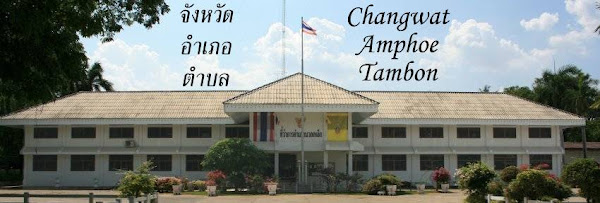A month ago I noticed that a new external identifier was added to some of the Thai provinces, taken from the GADM subdivision maps. From the rudimentary info on the GADM website - which even does not explain what the acronym is supposed to mean - this seems to be a project to provide maps for the country subdivisions up to the 2nd level. For Thailand it even goes down to the 3rd level, the subdistricts (Tambon). Additionally to the maps, it also defines a unique code for each subdivision. At first look an interesting project.
However - the website does not state any author of these maps, nor gives any sources. And they are only free to be used for non-commercial use, so not really free. But it got even worse.
In order to avoid wrong codes assignments in Wikidata, I had a look into the subdivision codes for Thailand - adding them to my XML files so I can easily add them by bot later. Starting to look at the alphabetically first province Amnat Charoen I noticed a big mess.
- Chanuman district: all four subdistrict which are listed in GADM are in fact subdistricts of Hua Taphan district, none of the real five subdistricts has any code
- Hua Taphan district: all Tambon correct in GADM
- Lue Amnat district: all five subdistrict listed in GADM are in fact from Mueang Amnat Charoen district, none of the real seven subdistricts has any code
- Mueang Amnat Charoen: only 11 of the 19 subdistricts have a code
- Pathum Ratchawong district: 1 subdistrict correct, 4 non-existing subdistricts in GADM, and 6 real subdistrict missing
- Phana district: 2 subdistrict correct, other two merged into one code
- Senangkanikhom: all Tambon correct in GADM





